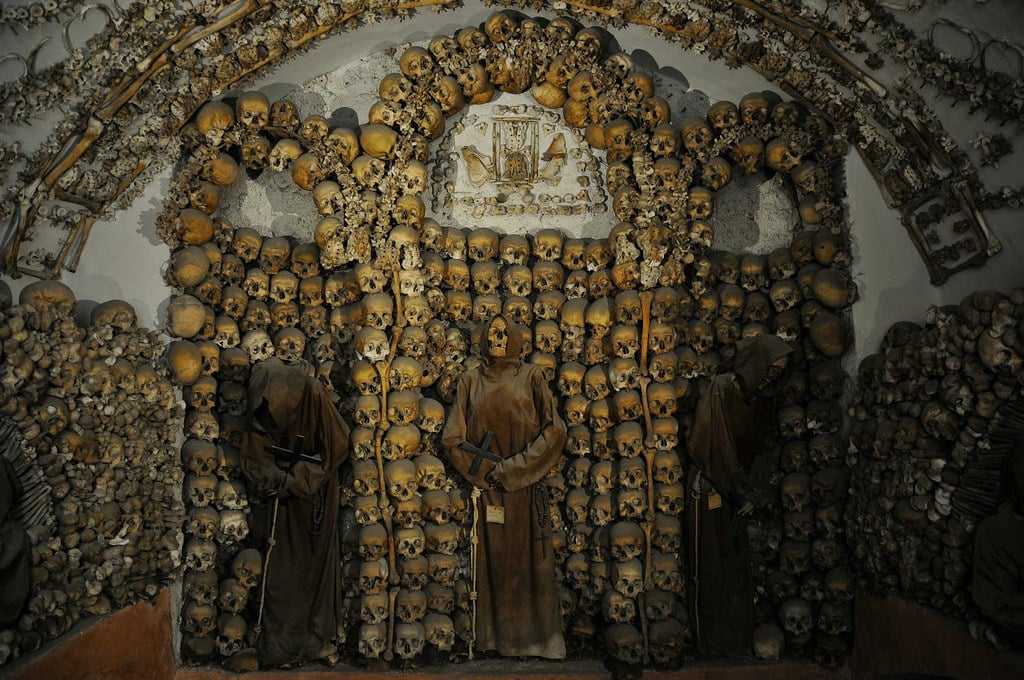A few weeks ago, my two-year-old daughter and I were out enjoying one of the first crisp afternoons of autumn with a walk around our neighborhood. We turned a corner, and suddenly she stopped and pointed to a house down the street. “It’s scary!” she yelled. I looked in the direction her little finger was pointing to see what had frightened her. A giant, inflatable skull sat on a neighbor’s front lawn, gently swaying in the wind. A sure sign that spooky season had arrived.
Login to read more
Sign in or create a free account to access Subscriber-only content.
